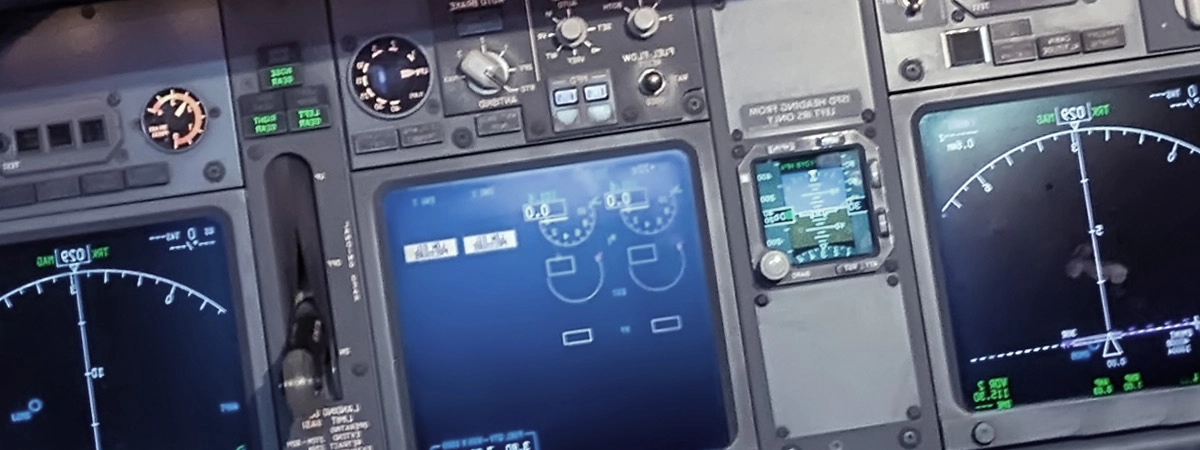IEC 61162-100 Serial Communication Protocol Testing
The International Electrotechnical Commission (IEC) 61162-100 standard specifies the requirements for serial communication protocols used in marine navigation and communication systems. This standard ensures that equipment from different manufacturers can communicate effectively, enhancing safety and interoperability at sea.
Testing to this standard is crucial for quality managers, compliance officers, R&D engineers, and procurement personnel involved in the development and certification of marine equipment. It ensures that the serial communication protocols used in navigation and communication systems meet stringent international standards, thereby preventing potential failures in critical operations.
The testing process involves a series of checks to ensure that all aspects of the protocol comply with IEC 61162-100 requirements. This includes verifying the syntax, semantics, and timing of messages exchanged between devices. The tests are designed to simulate real-world conditions under which these protocols will be used.
During testing, specimens (navigation and communication systems) undergo rigorous evaluation using specialized equipment that simulates various environmental factors encountered at sea. This includes temperature fluctuations, humidity levels, and electromagnetic interference. The goal is to identify any potential issues before the equipment reaches the end-user.
The test results are meticulously documented and compared against the specified criteria outlined in IEC 61162-100. Any discrepancies or non-compliance with these standards are noted down, along with recommendations for corrective actions if necessary. Compliance with this standard is essential for manufacturers aiming to meet regulatory requirements globally.
Compliance with IEC 61162-100 not only enhances the reliability of marine equipment but also supports interoperability among different systems from various suppliers. This interoperability is vital in maritime environments where seamless communication between vessels, shore stations, and other stakeholders can mean the difference between safety and disaster.
Our laboratory utilizes state-of-the-art facilities to conduct these tests accurately and efficiently. Our experienced team of engineers ensures that each test adheres strictly to international standards, providing clients with confidence in their products' performance and reliability.
Industry Applications
| Application Area | Description |
|---|---|
| Navigational Systems Integration | Testing ensures seamless integration of different navigation systems, enhancing overall performance and reliability. |
| Communication Network Interoperability | Evaluates how well communication networks from various manufacturers can work together effectively. |
| Emergency Communication Protocols | Verifies the robustness and reliability of emergency protocols used in critical situations at sea. |
Customer Impact and Satisfaction
By ensuring compliance with IEC 61162-100, our customers benefit from enhanced product performance and reliability. This leads to increased customer satisfaction as they can trust their marine equipment to function correctly under all conditions.
The testing process also helps manufacturers avoid costly recalls and rework by identifying potential issues early in the development cycle. This proactive approach saves time and resources while improving overall quality.
Moreover, compliance with international standards like IEC 61162-100 opens up new markets for our customers by ensuring their products meet global regulatory requirements. This broadens market access and fosters business growth.
International Acceptance and Recognition
- The European Committee for Electrotechnical Standardization (CENELEC) recognizes IEC 61162-100 as a harmonized standard.
- The International Organization for Standardization (ISO) endorses this standard, ensuring widespread acceptance worldwide.
- Many countries incorporate compliance with this standard into their national regulations and requirements.





